Investments in land and water are critical
By Desalegne Tadesse
Agriculture in the Eastern Nile countries – Ethiopia, Sudan, South Sudan and Egypt – is experiencing rapid change. However more than half of all farmland is still held by smallholders, and per capita yields remain low. There is a continued reliance on rainfed cropping and this makes farmers vulnerable to variations in water supply, with consequences for the food and income security of more than 250 million people. Investment is required, but is what kind of investment is needed to make development sustainable?
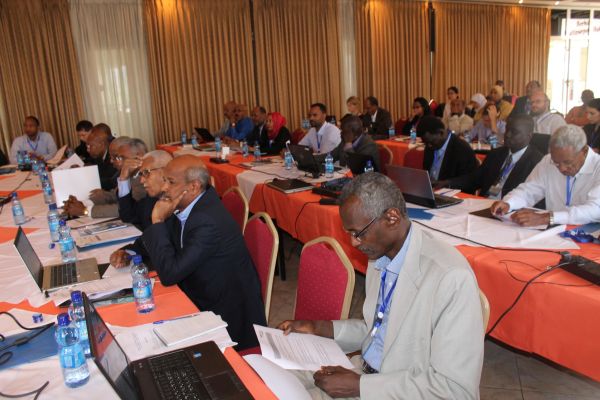
IWMI and Stockholm International Water Institute (SIWI) jointly organized the workshop Land and Water Investments in the Eastern Nile Basin: Challenges and Opportunities for Regional Development in Addis Ababa from 24-25 May 2016. The event brought together more than 50 experts and practitioners from government and the research community in the Eastern Nile countries. The objective was to understand more clearly current dynamics in land, water and energy investments and how these are shaping the wider landscape of cooperation and joint management of the Nile in Eastern Nile countries.
Cooperation emerged as a dominating theme during the discussions, which included the presentation of a range of case studies and scenario analyses. Many speakers reflected on the need for strong regional frameworks to support more sustainable and effective land and water governance in the Nile Basin region. Whilst the importance of cooperation was widely recognized, the challenge remained of how this might evolve to foster a truly inclusive environment for decision making. Many participants emphasized that that greater investment in agriculture would be one of the best ways of achieving many of the Sustainable Development Goals (SDGs) in the region.
If future irrigation development occurs in countries such as Sudan, major increases in water consumption and loss to the system will occur. These far outweigh – in the long-term – issues of hydropower development in terms of downstream water security. The meeting addressed these complex transboundary issues in an open dialogue with a range of positive suggestions made on ways forward.
The meeting identified key future challenges, including:
- At local level there is mismatch between the investments taking place and the benefits the farmers have been attaining from investments. There are also important issues in ensuring ecosystems sustainability in the face of growing investment pressures.
- Irrigation is a top priority of countries in the region, but actual investment in irrigation remains low. Water delivery and on farm management are, in many cases, leading to unsustainable systems with in-built challenges, not least the economic feasibility of such systems within rapidly changing physical, social and economic environments.
- There is a need for a “fix-it-first” strategy which prioritize maintaining and improving existing systems over expanding new ones.
- Thinking strategically on what kind of collective investment options can be best for regional development is an urgent priority.
- Investments in agriculture and energy should be informed by strategic analysis, looking at the different investments opportunities and their associated benefits at national and regional development, while at the same time minimizing transboundary impacts;
- Regional institutions, such as the Nile Basin Initiative and the Intergovernmental Authority on Development (IGAD), have an important role to play in implementing regionally identified and agreed projects
- Strengthening of regional cooperation and integration processes among the Eastern Nile Basin riparian countries is considered a priority by all participants.
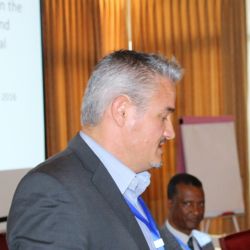
“The Nile is one system. Whilst one governance structure for the whole basin is a distant goal, better understanding and sharing of data and knowledge on investments between and within countries is a central first step to more effective coordination. Everyone in the room realized that the challenge of collective action on the Nile is a complex one, but that it is inevitable in order to address future climate impacts and other threats facing the river. The future sustainable development of the basin, its resources and its peoples depends on it.”
— Alan Nicol, IWMI
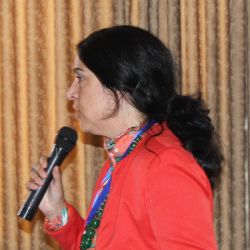
“Large-scale investments in agriculture, energy and water are nowadays a reality throughout the Eastern Nile, but a transboundary approach to maximize the benefits of these investments – and reduce the associated risks – needs to be endorsed by the riparian countries. They are already collaborating in many platforms, but this needs to be scaled it up, towards a more supportive framework for sustainable inward investment, in the context of regional joint planning and implementation.”
— Ana Cascão, SIWI

“I lead a project that investigates how investments on land and water will impact in the Nile Basin. Investment plans that keep resources as much as possible within the Nile Basin is the best way forward for food security.”
— Terje Østigård, Nordic Africa Institute, Sweden
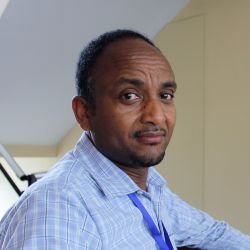
“Land and water are central to countries like Ethiopia in which agriculture is the main base for employment, rural livelihoods and for the larger national economy. So investing in these resources through irrigation and water developments within the agricultural sector is inevitably transforming the agricultural system.”
— Atakilte Beyene, Nordic Africa Institute, Sweden
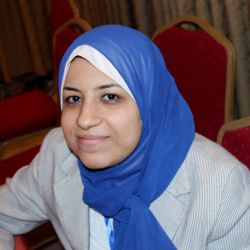
“Information on land, water and energy investments in the basin is very limited. But these will greatly affect the Nile Basin today and the future. So the workshop is very welcome in creating an information sharing platform to allow interaction between policy makers, the private sector, regional organizations, academicians and researchers from different countries.”
— Rawia Tawfiq, Cairo University, Egypt

